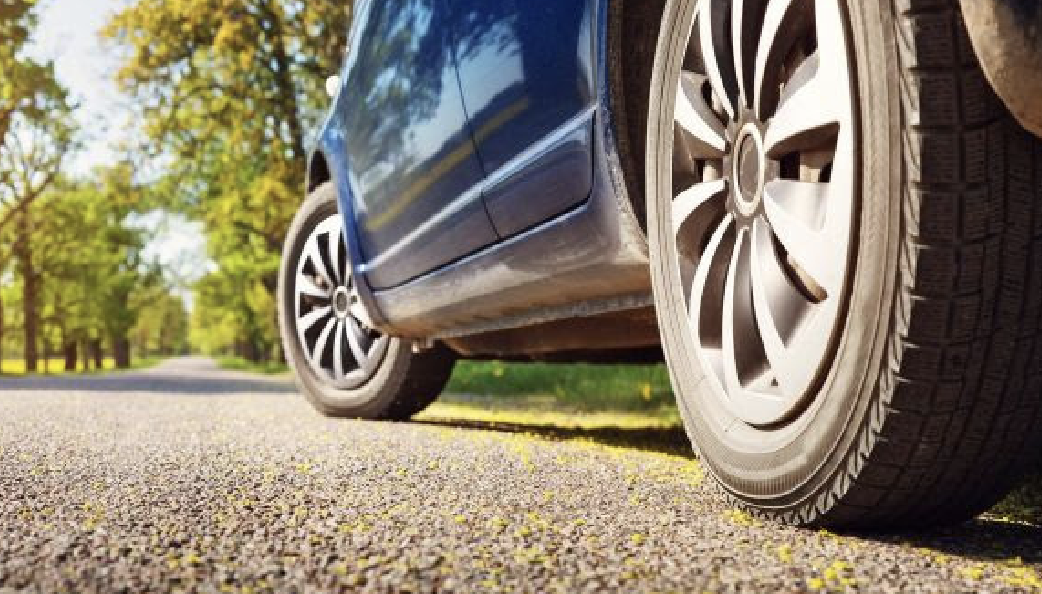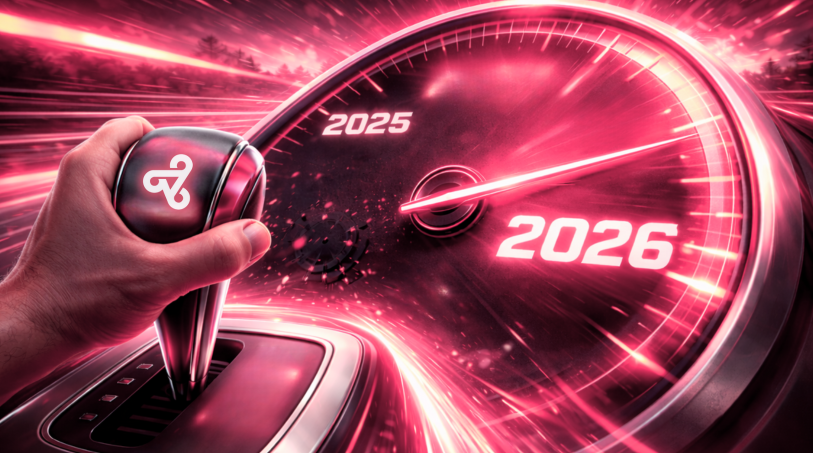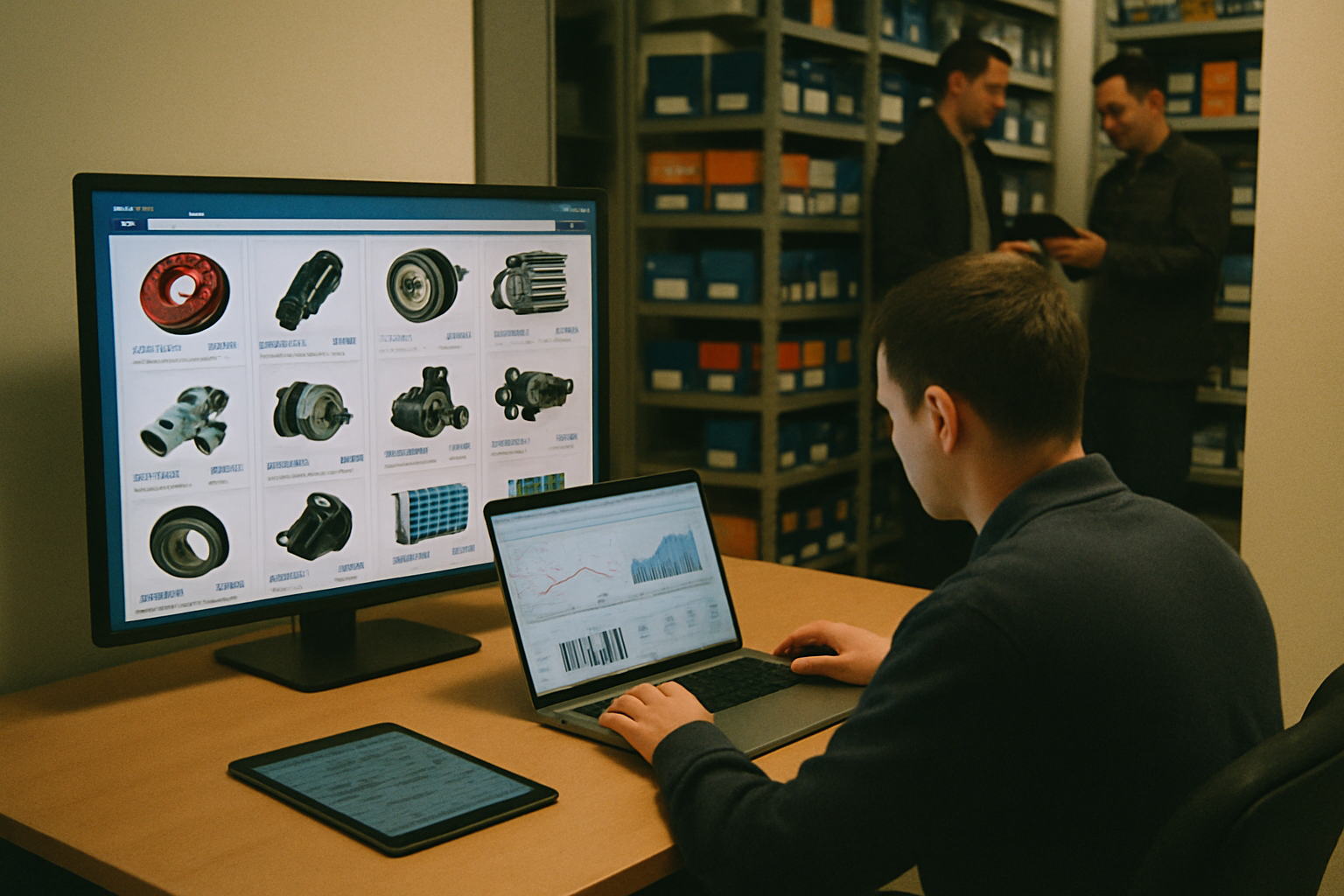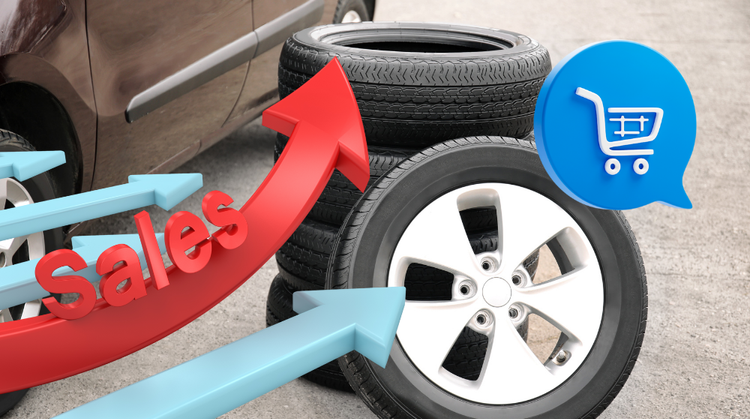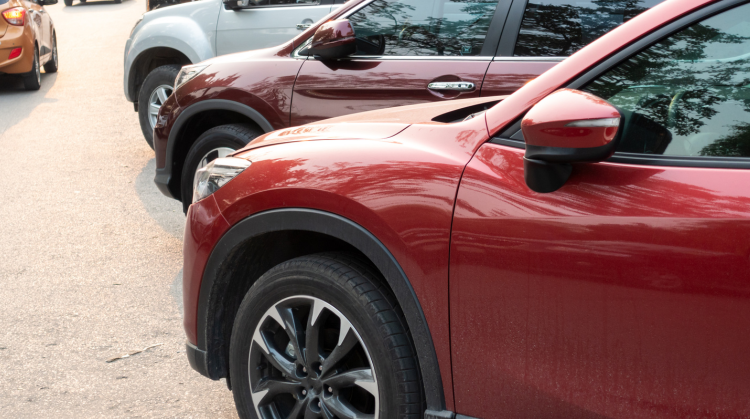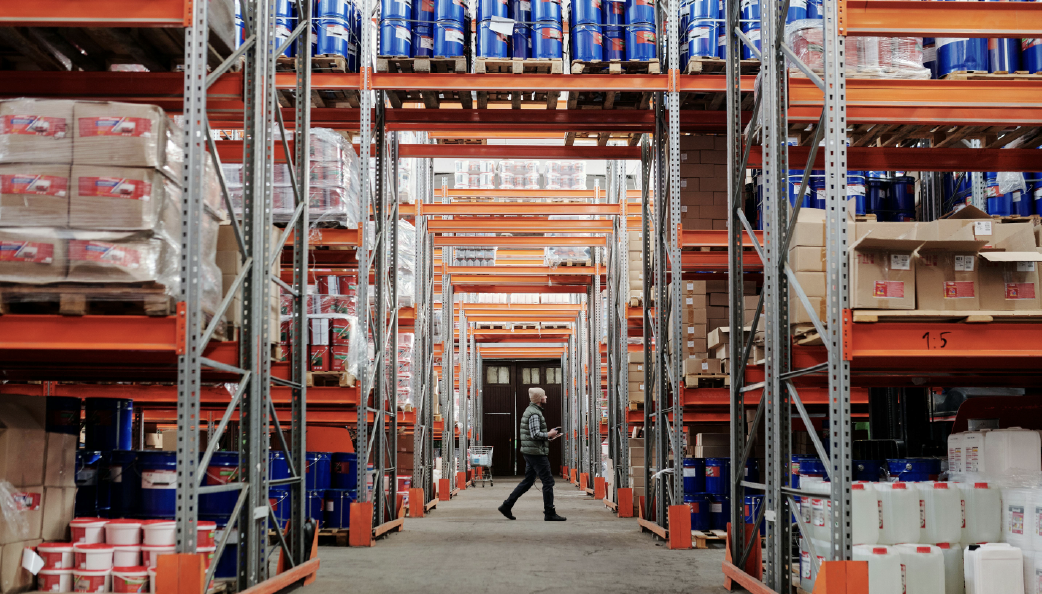Brazil is preparing to receive over R$ 100 billion in investments in its automotive industry by 2029, according to ANFAVEA (National Association of Vehicle Manufacturers). But the real transformation goes beyond vehicle production: the auto parts, replacement, and aftermarket service sectors are undergoing a digital revolution.
With the expansion of plants focused on hybrid and electric vehicles—such as BYD in Bahia and GWM in São Paulo—the demand for new components, digitized catalogs, and more efficient distribution processes is also growing. This evolution directly impacts workshops, distributors, and dealerships, which are already shifting to a digital model.
Digitalization: the new engine of the auto parts market
To adapt to a more competitive environment, many companies are betting on aftermarket digitalization. Distributors automate inventory, sync prices in real time, and sell parts through marketplaces and their own e-commerce platforms. According to data from ABLA and SEBRAE studies, over 60% of replacement part purchases already occur through digital channels.
Workshops and retailers access integrated catalogs with updated availability via mobile, gaining speed and reducing order errors. Manufacturers who once published catalogs in PDF now use integrated systems that allow real-time updates to pricing and stock. This visibility avoids stockouts and speeds up delivery.
Digital collaboration and real automation
Digital transformation is no longer an abstract idea—it’s a concrete reality:
- Shared catalogs that update automatically
- Direct integration between manufacturers and distributors
- Full control over inventory, pricing, and logistics flow
Fewer intermediaries, more efficiency, and better service to the end user.
What does the end user gain from this?
For workshops, retailers, or consumers, this means:
- Greater variety of available parts
- Less time wasted searching for “the right part”
- Clear information on compatibility, pricing, and delivery times
- More trust with real-time availability
The digital environment also allows model comparison, smart recommendations, and 24/7 ordering.
A future that has already started
This new investment cycle, combined with initiatives like the Mover Program (which promotes decarbonization and clean technologies), accelerates a transformation that goes far beyond vehicles—it affects the entire automotive value chain, from manufacturers to mechanics.
While some are still focused on selling cars, others are already leading the digital transformation of the aftermarket. Which side do you want to be on?

